
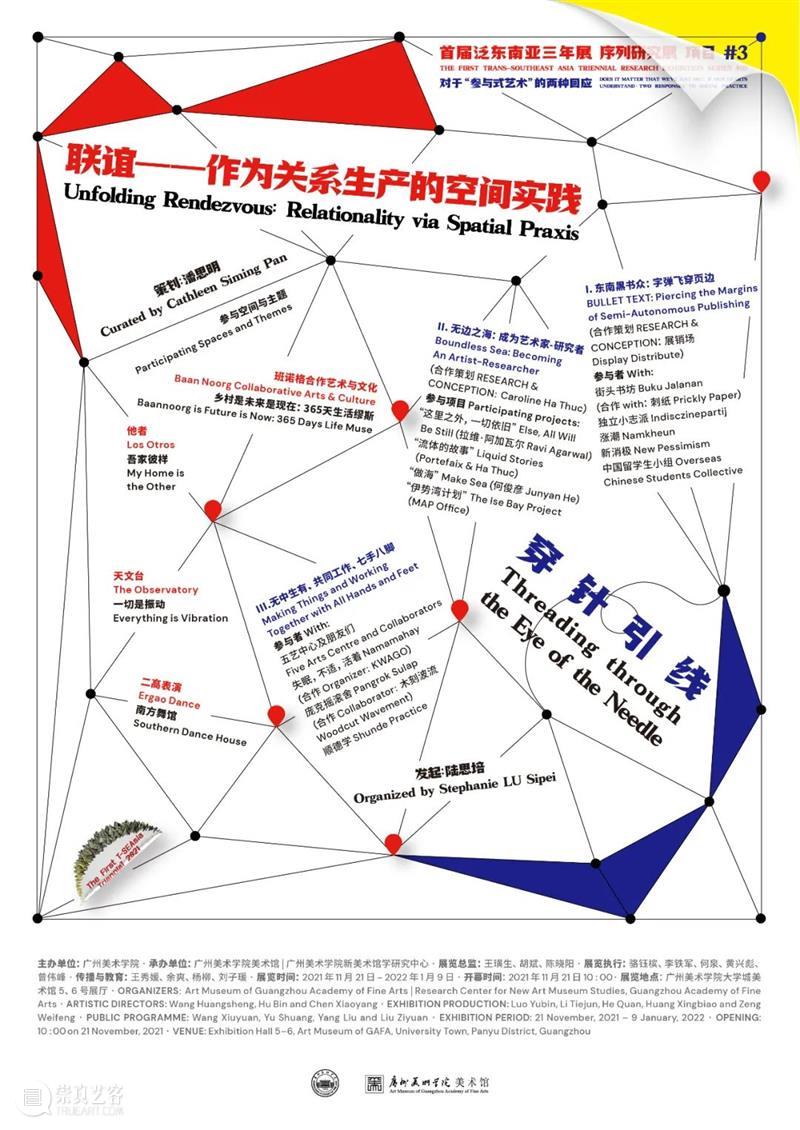
Honorary Principal Advisor: Li Jinkun
Principal Advisors: Apinan Poshyananda, KwokKian Chow and Hou Hanru
Academic Advisors: Deng Qiyao and Yang Xiaoyan
Artistic Directors: Wang Huangsheng, Hu Bin and Chen Xiaoyang
Overall Project Initiator: Chen Xiaoyang
Curators of the two responses: Cathleen Siming Pan and Stephanie Lu Sipei
Space Design and Support: Guo Zhenjiang, Chen Xujie, Ji Yinan and Wang Chao
Visul Design: Cai Yunqi
Project Production: Luo Yubin, Li Tiejun, He Quan, Huang Xingbiao and Zeng Weifeng
Pubic Programme: Wang Xiuyuan, Liu Ziyuan, Yu Shuang and Yang Liu
Special Support of Project Production: Xu Ran
Research Assistants: Sau Bin Yap and Chen Yanxin
Production Assistants: Wen Shiwen, Qin Yuqi, Huang Xiaoxing, Chen Yanxin, Lin Caiyi, Guo Baoyu、Wen Cejun and A Le
Writing and Translation: Qiu Shuang, Chen Yanxin, Xu Guanqi, Huang Xiaoxing, Qin Yuqi, Xie Yingying, Ouyang Yangyi, Li Cheng, Jin Qiaoer, Hu Shuwei, Wu Jialin, Li Zi, Zheng Cuiyin, jiahui, Raaaadiah, Tang Fukuen, Feng Junhua, Zhang Hanlu, Wang Qing, Hu woer, Feminist translator W, Feminist translator A, Lu Gu, Wu Qiongying, ourwork.is and Queenie Wong

Curatorial Statement:Response #1
(Written by Cathleen Siming Pan)

“Nanyang” has been the Chinese name of Southeast Asia since Ming and Qing dynasty. The migration trend of “Xia Nanyang” (translator’s note: going down the Southern China seas) by people mostly from Guangdong and Fujian in modern history evokes our closest memory of this region, projecting an imaginary map of friendship, family history and political unity. Since the World War II, Southeast Asia has been formally established as the name covering the Indochina peninsula and the Asian portion of the Malay Archipelago. However, the discourse ondecolonization in recent years once again brought up Nusantara, a Javanese notion dated back to the 13th century, in an effort for self-identification. A series of narratives generated by this renewed title and the perception by the subjects compel us to rethink the inter-regional relationship and our inceptive attitude.
To participate is to create connection actively, and the establishment of a relationship is not based on a unilateral initiation. Rendezvous suggests a sincere participation that encourages both parties for equal engagement. The space hosts objects and generates experiences, offering the possibility of ongoing relationship building and validity of participation. The exhibition of “Unfolding Rendezvous” attempts to navigate participatory art practices from the varied practices of “participation”: practitioners in South China trying to understand the already highly interconnected Southeast Asian network, as a research method for artists' social practices, as an alternative exploration due to the lack of space, and the experience of building communality as alternative spaces in the face of different communities.
Through extended coexistence, presence, gathering, sharing and discussion, these hybrid forms of "participations" gradually move from "assemblage" to "happening", fabricating social imaginations and connections, expanding creative communities, opening up spaces and platforms in the imperfect art ecosystem, and upscaling the diversity of the art infrastructure. While constructing the discourse of their own practice, the artists as spatial practitioners and event organisers, are also able to encounter daily conversations that are different from those within the art system but still oriented around their work. Both the artists' individual creations and the communities in which they work grow and react to one another in an ongoing loop of happening.
“Unfolding Rendezvous: Relationality via Spatial Praxis” invites four artist-run alternative spaces and collectives in an attempt to present a mutually enriching state of art creation and platform formation. They have been engaging in lengthy indigenous practices in Ratchaburi in Thailand, Quezon City in Metro Manila, Singapore and Guangzhou through the media in which they exercising respectively, and renewing the action of "participation", from being socially “aware”,“interventional” and “engaged” to "participatory" in specific social contexts and experiences. Theses experiences of spatial praxis are scattered in the exhibition as individual rooms with different degrees of openness and distinctive characters, transferring the process of their practices for the audience who are not in sync with the art creation process, and inviting them to be part of this constellation.
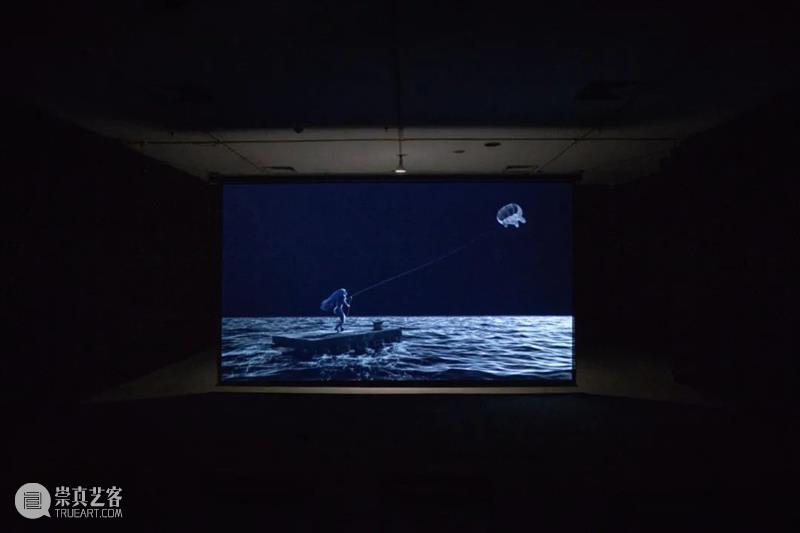 On Adaptation: the Lost Capital, Jiandyin (Jiradej and Pornpilai Meemalai), 2020
On Adaptation: the Lost Capital, Jiandyin (Jiradej and Pornpilai Meemalai), 2020
single channel video, full HD, color, directional sound, 7.18 min, loop
installation view at Baannoorg is Future is Now: 365 days life muse
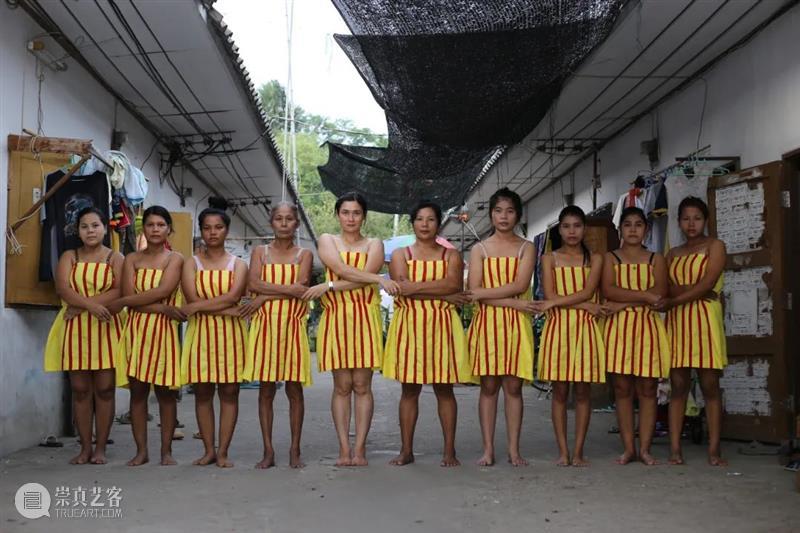 ASEAN, Ma Ei, Colour print, metal shelf, 2016, photo courtesy of Baan Noorg Collaborative Arts & Culture
ASEAN, Ma Ei, Colour print, metal shelf, 2016, photo courtesy of Baan Noorg Collaborative Arts & Culture
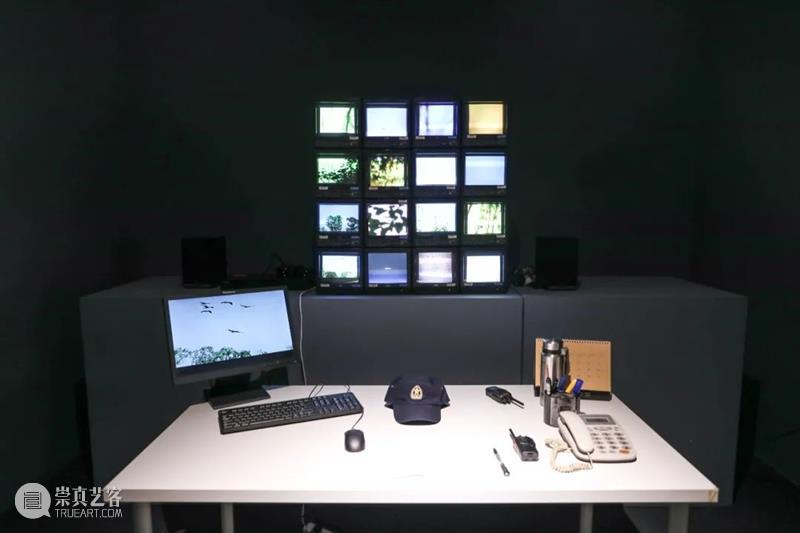 A child dies, a child plays, a woman is born, a woman dies, a bird arrives, a bird flies off (CCTV edition), Shireen Seno, installation view(part) at Los Otros: My Home is the Other, 2021
A child dies, a child plays, a woman is born, a woman dies, a bird arrives, a bird flies off (CCTV edition), Shireen Seno, installation view(part) at Los Otros: My Home is the Other, 2021
Mixed-media installation with 17-channel video, sound, desk, chair, calendar, telephone, security guard apparel, electric fan, notebook, thermos cup
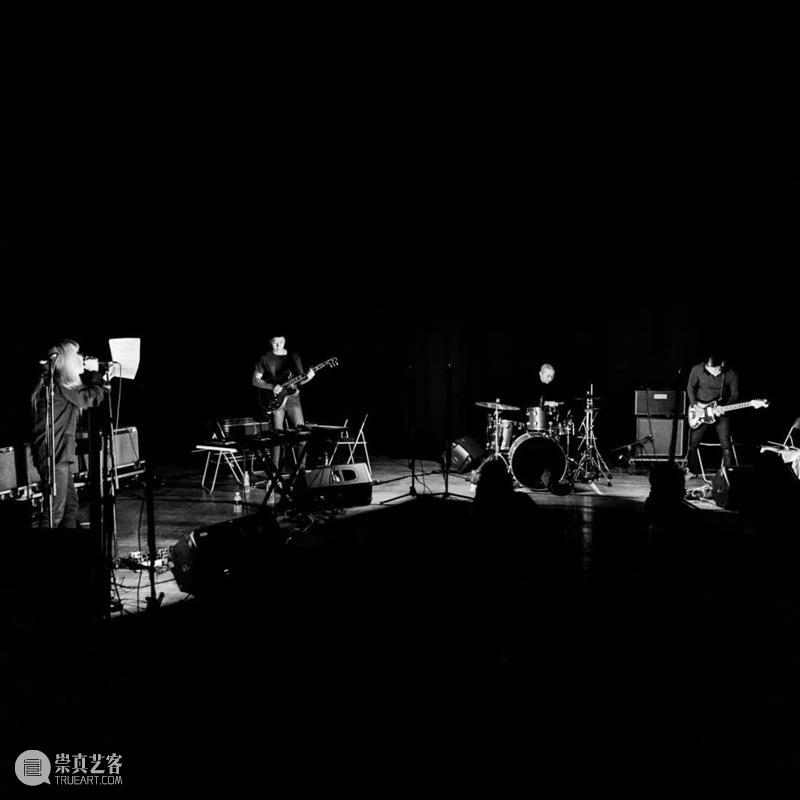 Authority is Alive Performance live, Haino Keiji&The Observatory, Playfreely Festival 2019, Photography by Third Street Studio
Authority is Alive Performance live, Haino Keiji&The Observatory, Playfreely Festival 2019, Photography by Third Street Studio
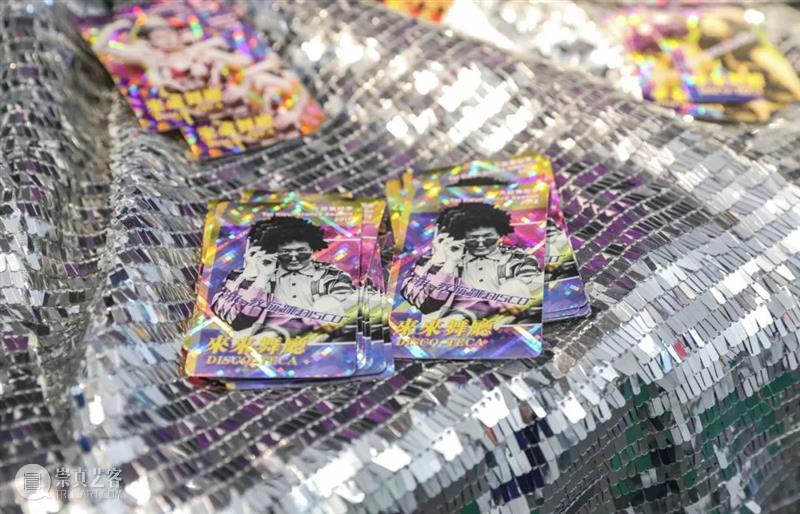 Disco-teca, 2015-2018
Disco-teca, 2015-2018
Disco-teca, Ergao, installation view(part) at Southern Dance House, 2021
Mixed-media installation with video, sound, wooden stand, metal shelf, books of Chinese pop culture, disco apparel, flash cards, cassette tapes, roller skates

Cutatorial Statement:Response #2
(Written by Stephanie Lu Sipei)

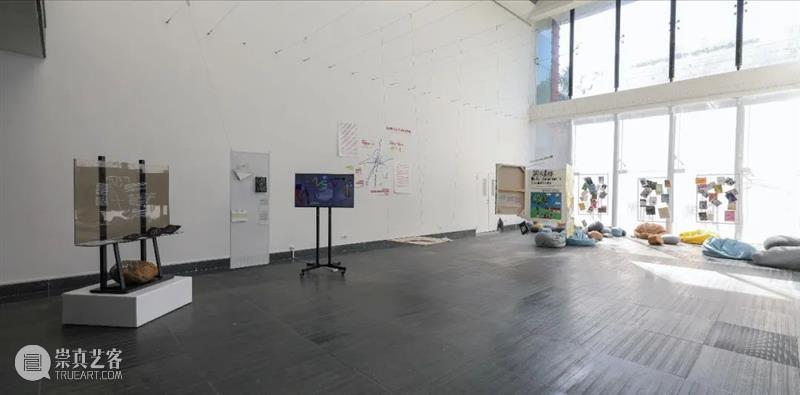
Installation view of the five publishing groups and reading area in “BULLET TEXT: Piercing the Margins of Semi-Autonomous Publishing”
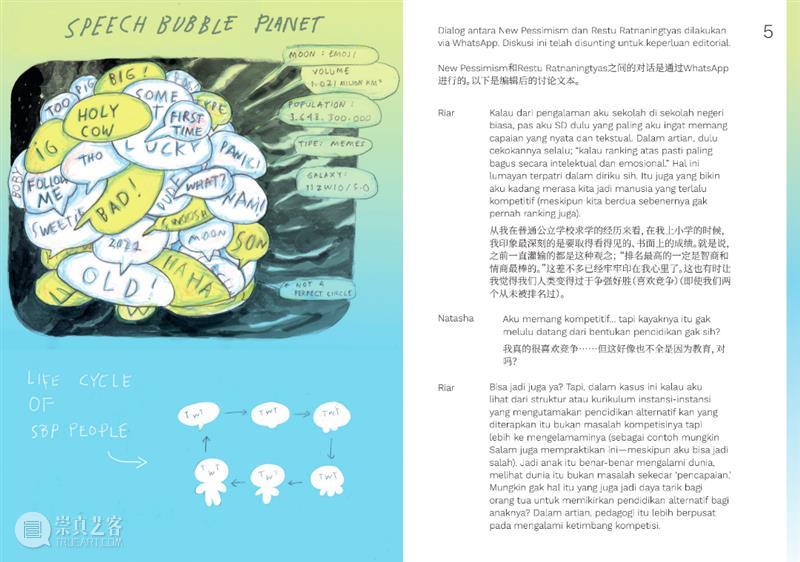
Jabnyb Adventure, commissioned by this exhibition and created based on the conversation between New Pessimism (founded by Riar Rizaldi and Natasha Tontey) and Restu Ratnaningtyas, with Komikwawawa (9 yrs)’s comics.
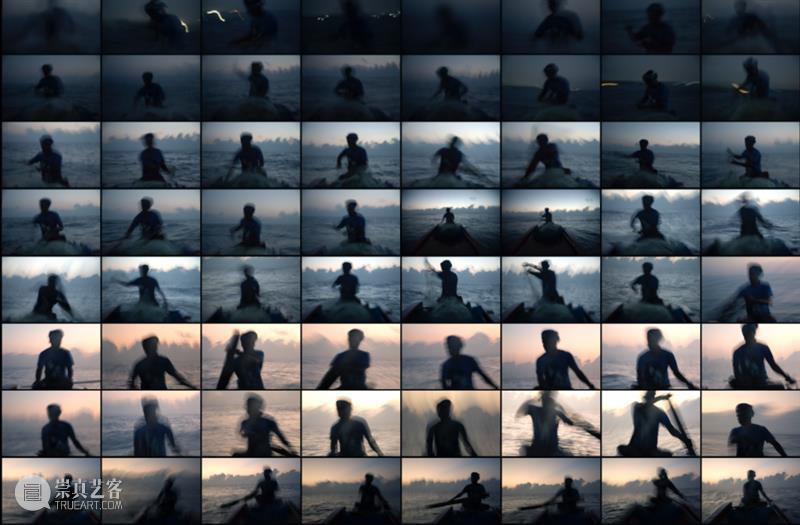
4 am, “Else. All Will Be Still”, Ravi Agarwal, colour print, 2016.
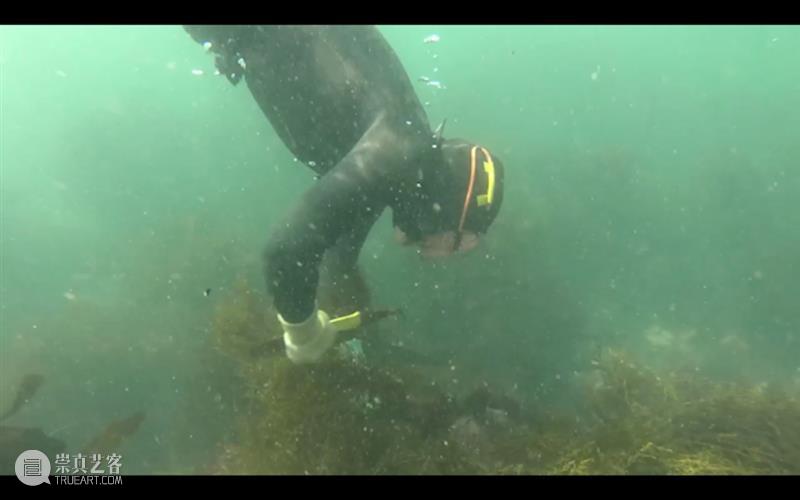
An Archaeology of Diving, "The Ise Bay Project", MAP Office, video, 2'40'', 2019
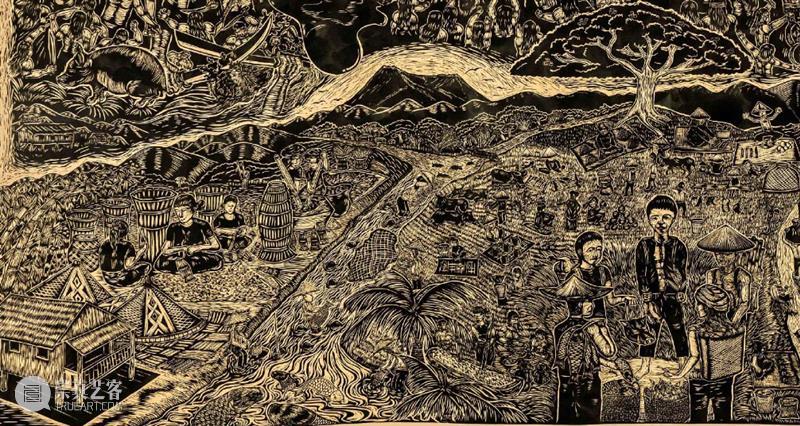
Tinagas Keiyep (detail), Pangrok Sulap, Woodcut, 2018
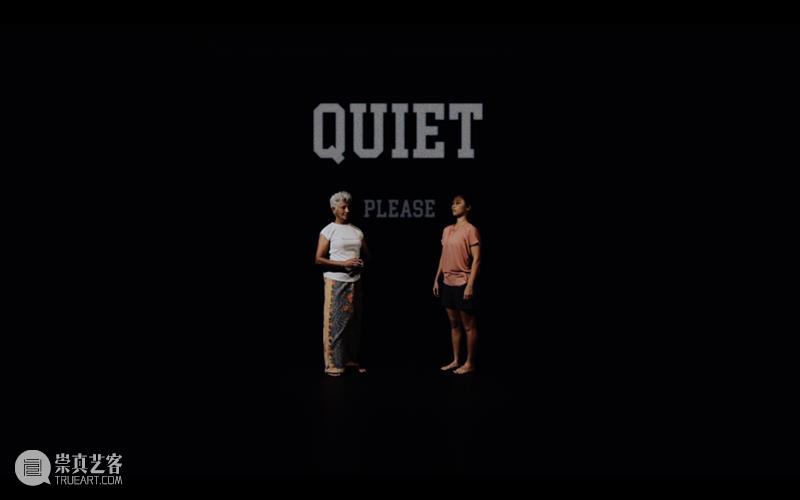
37 years of Arts, Activism, & Advocacy, Five Arts Centre and Collaborators, video, 2'40'', 2021
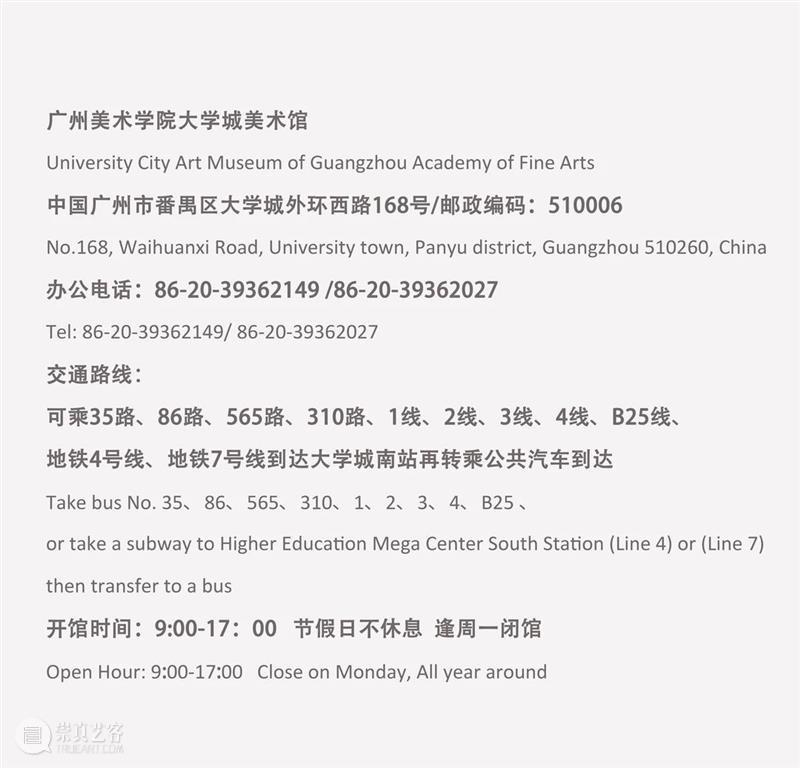



已展示全部
更多功能等你开启...





 分享
分享